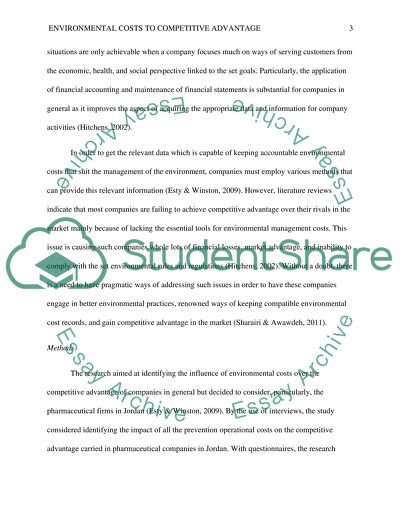Cite this document
(“The role of environmental management is one of the most rapidly Research Paper”, n.d.)
Retrieved from https://studentshare.org/environmental-studies/1460420-the-role-of-environmental-management-is-one-of-the
Retrieved from https://studentshare.org/environmental-studies/1460420-the-role-of-environmental-management-is-one-of-the
(The Role of Environmental Management Is One of the Most Rapidly Research Paper)
https://studentshare.org/environmental-studies/1460420-the-role-of-environmental-management-is-one-of-the.
https://studentshare.org/environmental-studies/1460420-the-role-of-environmental-management-is-one-of-the.
“The Role of Environmental Management Is One of the Most Rapidly Research Paper”, n.d. https://studentshare.org/environmental-studies/1460420-the-role-of-environmental-management-is-one-of-the.


